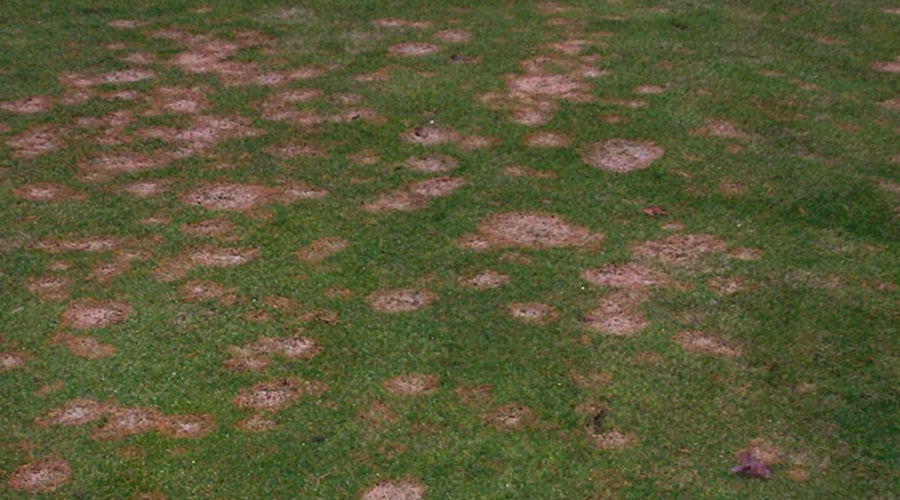Concrete Coatings: Steps to Successful Installations
Managers should provide written specifications spelling out performance criteria, product choices, installation methods, and testing requirements. Coatings and accessories must be compatible, and this must be clear in the specifications. Accessory products also must be acceptable to the manufacturer to avoid warranty problems.
Successful installation begins with proper surface preparation, including concrete spall and crack repair. Specifications should address appropriate repair materials and processes. Removing previous coatings might involve hazardous materials, so managers need to mandate proper procedures. Installers should perform surface preparation according to the coating manufacturer's recommendations. The process typically includes sand blasting, water blasting, shot blasting, or acid etching.
Managers can consider specifying mock-ups in selected areas that are representative of the overall conditions. Mock-ups allow all parties to evaluate the process required to achieve the final application, and they provide a method to identify challenges so installers can make adjustments.
Managers also should specify adhesion tests in the mock-up areas. These tests indicate how well a product bonds to the substrate. Testing can verify adhesion for different products, surface-preparation methods, and primers.
The specifications also should mandate a check of wet-film thickness to verify the application rate is within recommended limits. Installers should apply coatings only to surfaces that are cooling or expected to remain at a steady temperature. Rising temperatures can cause vapor drive in the slab or elevated deck, leading to blisters and pinholes.
Post-Installation Issues
Before accepting the work, managers should specify flood testing. Checking for water leaks at terminations, joints and penetrations will show whether the installation is watertight. During the coating's performance life, keeping an exposed coating clean is important because contractors can identify and repair damage or distress quickly.
Managers or qualified inspectors should inspect the coating periodically for signs of wear and distress, and contractors should quickly patch penetrations and gouges in coatings to prevent further raveling or peeling. Managers also should adhere to warranty guidelines for care and maintenance to prolong the coating's service life and ensure warranty compliance.
David A. Deress, P.E., R.A., is a registered architect, a professional engineer, and the branch manager for the Seattle office of Wiss, Janney, Elstner Associates Inc., a national architectural and engineering consulting firm. Wade L. Vorley, M-Arch, CDT, is an associate at the firm and has provided roofing, waterproofing and building-envelope consulting services for more than 20 years.
Related Topics:













